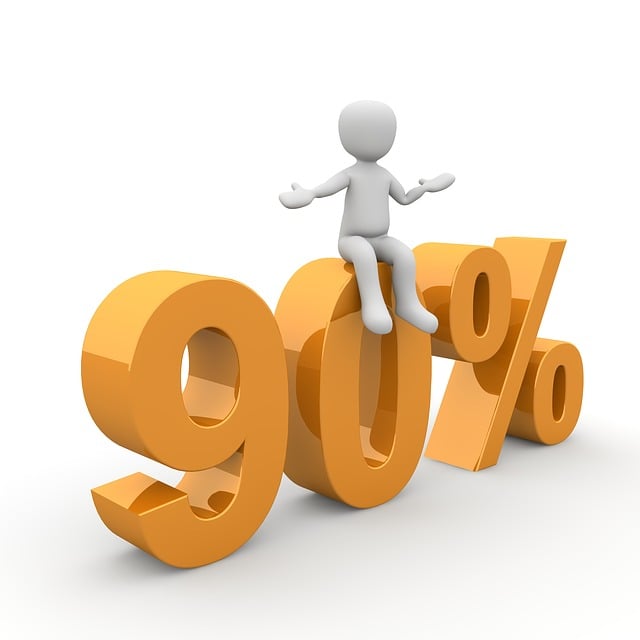Leaf collection and proper mulching are essential for maintaining a healthy, vibrant yard. Collecting leaves prevents them from blocking sunlight and smothering grass, while recycling through composting or mulching enriches soil, improves water retention, and provides nutrients for plant growth. Effective yard waste management involves timely removal and recycling, which reduces waste, promotes sustainable gardening, and contributes to long-term garden health. Choosing the right mulch (organic or inorganic) based on climate, soil type, and desired aesthetics enhances yard health; integrating Yard Waste Removal and Recycling practices ensures a lush yard and environmental well-being.
“Optimize your yard’s health with efficient leaf collection and mulching—an eco-friendly practice that enhances soil fertility and reduces waste. This comprehensive guide explores the benefits of these processes, offering insights into how they contribute to a lush, vibrant garden. We’ll walk you through the step-by-step process of effective leaf removal, highlighting techniques to streamline your efforts. Additionally, discover the key to selecting the perfect mulch type for sustainable yard management and reduced environmental impact.”
- Understanding Leaf Collection and Mulching: Benefits for Your Yard
- The Process of Efficient Leaf Removal and Recycling
- Choosing the Right Mulch Type for Optimal Yard Health
Understanding Leaf Collection and Mulching: Benefits for Your Yard

Leaf collection and mulching are essential practices for maintaining a healthy and vibrant yard. By understanding the benefits of these processes, homeowners can significantly improve their outdoor space’s overall appearance and ecosystem. Leaf collection involves the removal and gathering of fallen leaves, which is crucial for managing yard waste effectively. These organic materials, if left untended, can smother grass, block sunlight from reaching plants, and create an unsightly mess.
Mulching, on the other hand, is a sustainable solution that recycles yard waste into valuable compost. When leaves are collected and turned into mulch, they enrich the soil, improve water retention, and provide essential nutrients for plant growth. This natural process not only reduces the need for chemical fertilizers but also creates a healthier, more resilient ecosystem within your yard, fostering an environment where plants can thrive.
The Process of Efficient Leaf Removal and Recycling

The process of efficient leaf removal and recycling involves several key steps that transform yard waste into valuable resources for your garden. It begins with timely collection, ensuring leaves are gathered as they fall to minimize damage to lawn and landscaping. Once collected, leaves can be composted or mulched, turning them into nutrient-rich amendments.
Composting leaves allows them to break down naturally over time, creating a beneficial soil additive that enhances plant health and fertility. Mulching, on the other hand, involves chopping leaves into smaller pieces that can be used as a protective layer around plants, retaining moisture, suppressing weeds, and providing essential nutrients as they decompose. This dual approach not only reduces yard waste but also promotes sustainable gardening practices by closing the loop on organic materials, creating a circular system where waste is transformed into valuable resources for your garden’s health and longevity.
Choosing the Right Mulch Type for Optimal Yard Health

When it comes to enhancing yard health through leaf collection and mulching, selecting the appropriate mulch type is a crucial step. Different types of mulch offer varying benefits, catering to specific needs and preferences. Organic options like wood chips, straw, or compost not only enrich the soil with essential nutrients but also improve water retention, fostering a healthier environment for grass and plants. On the other hand, inorganic mulches such as rock or rubber chips provide excellent ground coverage, suppressing weeds effectively and maintaining a consistent appearance throughout the year.
Consideration of factors like climate, soil type, and desired aesthetic outcomes is vital in choosing the right mulch. In warmer climates, organic mulches break down over time, contributing to nutrient-rich soil, while inorganic mulches are ideal for colder regions as they insulate the ground during winter. For areas with high weed pressure, a mix of organic and inorganic materials can offer the best of both worlds: organic matter attracts beneficial insects that suppress weeds, and inorganic layers prevent their regrowth. Incorporating yard waste removal and recycling practices into your mulch selection ensures a sustainable approach to maintaining a lush and vibrant yard.
Leaf collection and mulching are simple yet effective practices that contribute to a healthy, vibrant yard. By understanding the benefits and choosing the right mulch, you can efficiently remove yard waste, promote nutrient-rich soil, and enhance overall landscape aesthetics. Embrace these eco-friendly methods for sustainable yard care.
